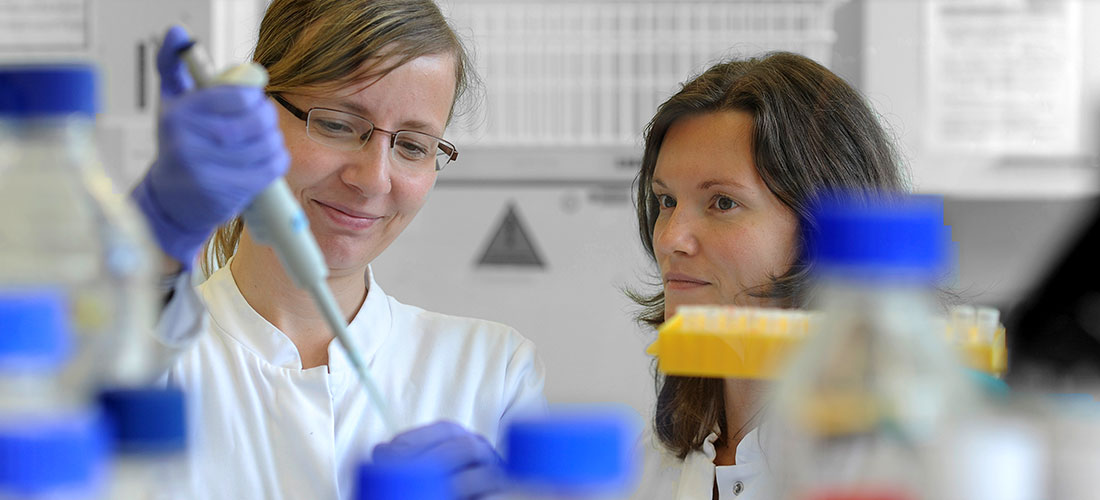B03: Targeting MYCN multiprotein complexes in neuroblastoma with miniproteins
High-level MYCN oncoprotein expression drives the development of ~20% of neuroblastomas with a particularly poor prognosis. MYCN interacts with many chromatin remodeling factors, transcription factors, components of the RNA polymerase II complex and kinases controlling cell cycle progression. The specific roles of most of these complexes in neuroblastoma development are currently unclear. Whether the many proteins reported to associate with MYC or MYCN directly interact with the oncoproteins also remains unknown. We hypothesize that targeting MYCN with miniprotein inhibitors derived from confirmed interactors may show a therapeutic effect in models of neuroblastoma. Using a quantitative protein-protein interaction (PPI) mapping approach based on bioluminescence resonance energy transfer (BRET), we recently confirmed direct interactions between MYCN and various human proteins, including WDR5, MAX, AURKA, PLK1 and SMARCA4. In total, through systematic yeast two-hybrid (Y2H) screening and comprehensive binary interaction validation in mammalian cells, 37 BRET-positive human proteins were recently identified that directly bind MYCN in cell-based assays. We will use this resource of candidate PPIs for MYC/MYCN as a starting point to identify (Task 1) and optimize (Task 2) miniproteins that directly bind to specific protein regions in MYCN, such as the N-terminal transactivation domain (TAD), the central region or the C-terminal basic helix-loop-helix leucine zipper (bHLHZ) domain. We base this approach on the hypothesis that miniproteins targeted to these regions can disrupt potentially disease-relevant PPIs such as MYCN-WRD5 or MYCN-MAX and exert a therapeutic effect on neuroblastoma. Miniproteins are an innovative new therapeutic modality. They are recombinantly or synthetically produced small peptides that bind with high affinity to targets unavailable to larger proteins. The functional impact of miniprotein expression on MYCN-driven protein complex formation, DNA binding, cell physiology and proliferation will be assessed in genetically engineered neuroblastoma cell lines as well as zebrafish models of MYCN-driven neuroblastoma (Task 3). Together, our studies will elucidate the disease relevance of different MYCN PPIs in tumorigenesis. They may also provide novel molecular tools and new avenues for the future development of MYCN-targeting therapies for neuroblastoma.
PhD positions and place of work: 1
1 wet-lab (PI Erich Wanker, MDC Berlin)



